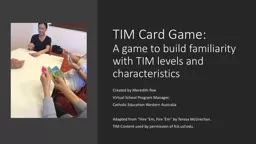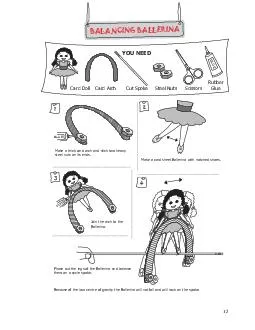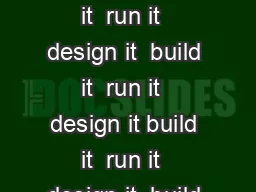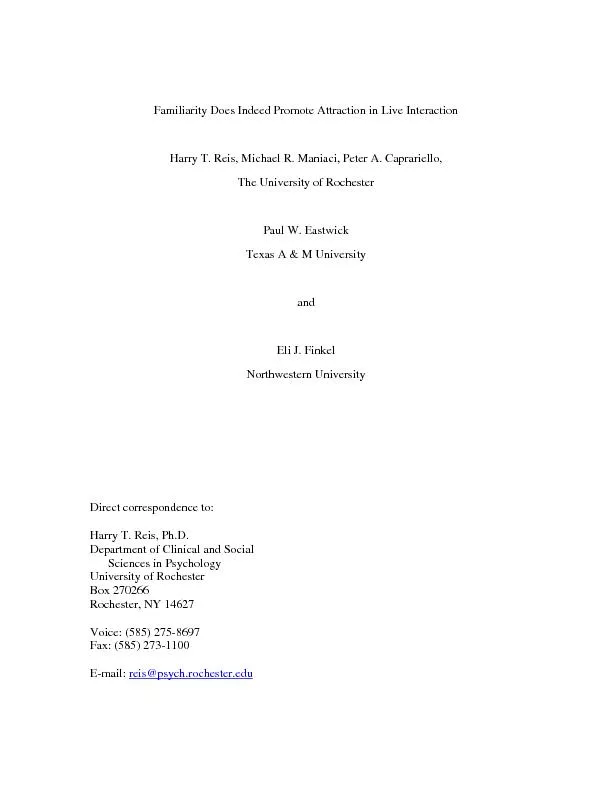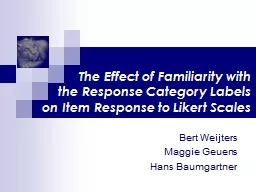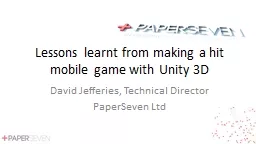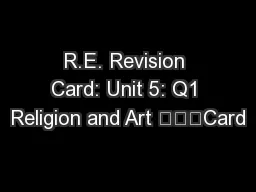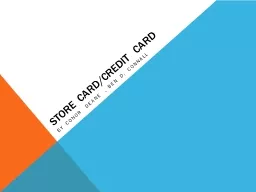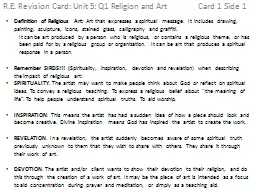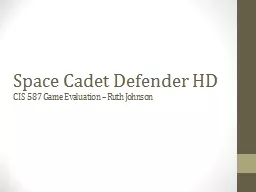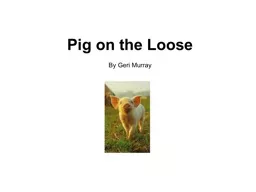PPT-TIM Card Game: A game to build familiarity with TIM levels and characteristics
Author : tatiana-dople | Published Date : 2019-11-24
TIM Card Game A game to build familiarity with TIM levels and characteristics Created by Meredith Roe Virtual School Program Manager Catholic Education Western Australia
Presentation Embed Code
Download Presentation
Download Presentation The PPT/PDF document "TIM Card Game: A game to build familiar..." is the property of its rightful owner. Permission is granted to download and print the materials on this website for personal, non-commercial use only, and to display it on your personal computer provided you do not modify the materials and that you retain all copyright notices contained in the materials. By downloading content from our website, you accept the terms of this agreement.
TIM Card Game: A game to build familiarity with TIM levels and characteristics: Transcript
Download Rules Of Document
"TIM Card Game: A game to build familiarity with TIM levels and characteristics"The content belongs to its owner. You may download and print it for personal use, without modification, and keep all copyright notices. By downloading, you agree to these terms.
Related Documents

